Calathea lutea, commonly known as the Cuban Cigar or Cuban Cigar Calathea, is a species of flowering plant belonging to the Marantaceae family. Native to the tropical rainforests of Central and South America, particularly in Brazil, Colombia, Ecuador, and Peru, Calathea lutea is appreciated for its unique foliage and attractive flowers.
Here is some detailed information about Calathea lutea:
- Appearance: Calathea lutea is a herbaceous perennial plant that typically grows to a height of about 1 meter (3 feet). It features large, oblong-shaped leaves that grow in an upright fashion. The leaves are deep green in color, with prominent veining that ranges from light green to yellow. The undersides of the leaves have a reddish-purple hue. The leaves are also known for their distinctive maroon-colored undersides, which adds to the plant’s visual appeal.
- Flowers: The Cuban Cigar Calathea produces small, inconspicuous flowers that emerge from long, tubular bracts. The bracts are cigar-shaped, hence the common name “Cuban Cigar.” The flowers themselves are usually white or cream in color, with some species exhibiting yellowish or greenish tones. While the flowers are not the main attraction of this plant, they add an interesting touch when they appear.
- Growth and Habit: Calathea lutea is a clump-forming plant with an upright growth habit. It forms dense, bushy foliage that creates an attractive display. The leaves are arranged in a rosette pattern, arising directly from the base of the plant. The clumps can spread over time, creating a lush and tropical appearance.
- Light and Temperature: Calathea lutea thrives in bright, indirect light conditions. It prefers filtered or dappled sunlight, as direct sunlight can scorch the leaves. This plant is best suited for indoor cultivation, as it prefers warm temperatures between 18-24°C (64-75°F). It is sensitive to cold drafts and low temperatures, so it should be protected from chilly air.
- Watering and Humidity: Calathea lutea appreciates consistently moist but not waterlogged soil. It is essential to keep the soil slightly moist at all times, ensuring proper drainage to prevent root rot. Watering should be done when the top inch of the soil feels dry to the touch. This plant thrives in high humidity levels, so misting the leaves or placing a tray of water nearby can help maintain the desired humidity.
- Soil and Fertilizer: A well-draining, peat-based potting mix is ideal for Calathea lutea. The soil should retain moisture while allowing excess water to drain freely. Adding organic matter to the soil, such as compost or peat moss, can improve its water retention capacity. Fertilize the plant during the growing season (spring and summer) with a balanced, water-soluble fertilizer diluted to half strength every two to four weeks.
- Care and Maintenance: Regular care and maintenance are necessary to keep Calathea lutea healthy. Remove any dead or yellowing leaves promptly to maintain the plant’s appearance. Dust the leaves gently to prevent dust buildup, which can inhibit their ability to photosynthesize effectively. Rotate the plant occasionally to ensure even growth and prevent it from leaning towards the light source.
- Propagation: Calathea lutea can be propagated through division or by taking stem cuttings. To propagate via division, carefully separate the plant into smaller sections, ensuring each section has roots attached. Plant the divisions in separate pots with appropriate soil and provide them with the same care as the parent plant.

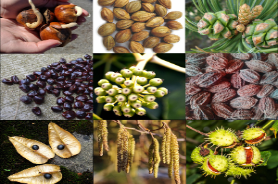

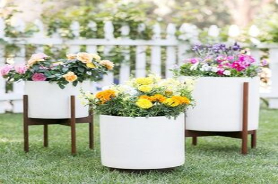
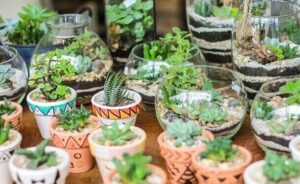

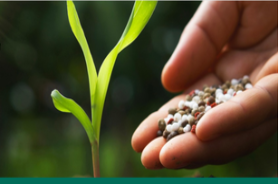
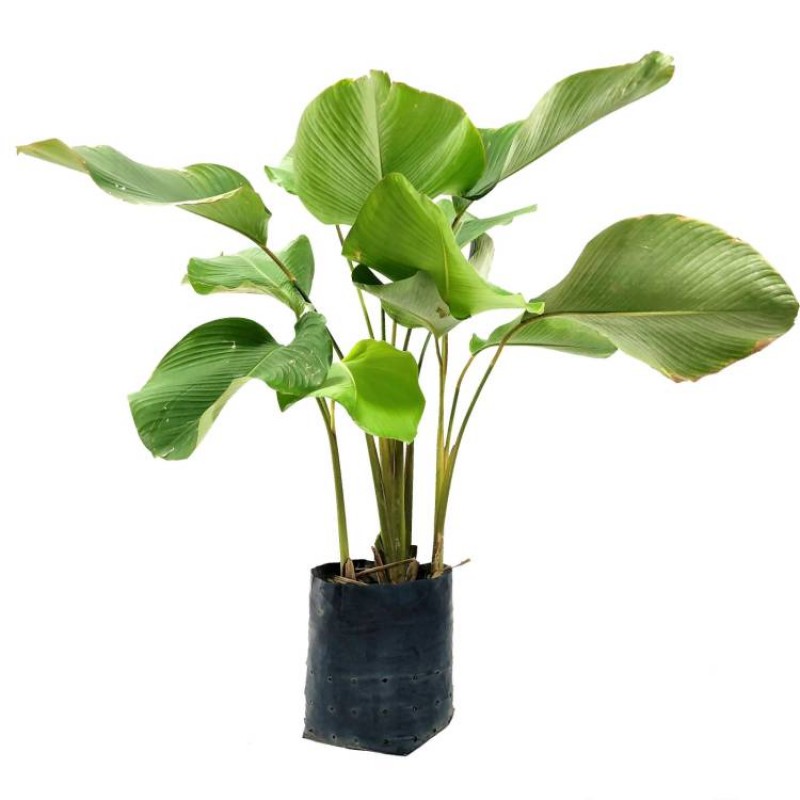
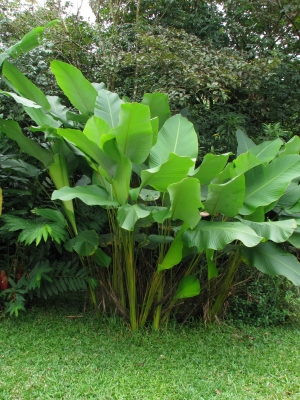

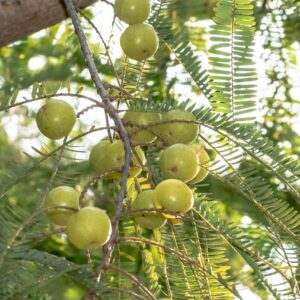
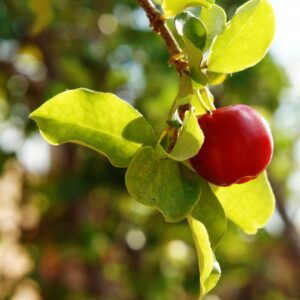
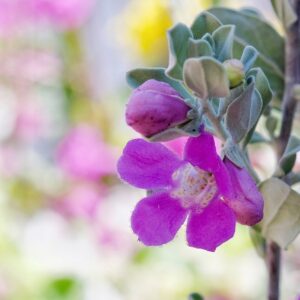
Reviews
There are no reviews yet.